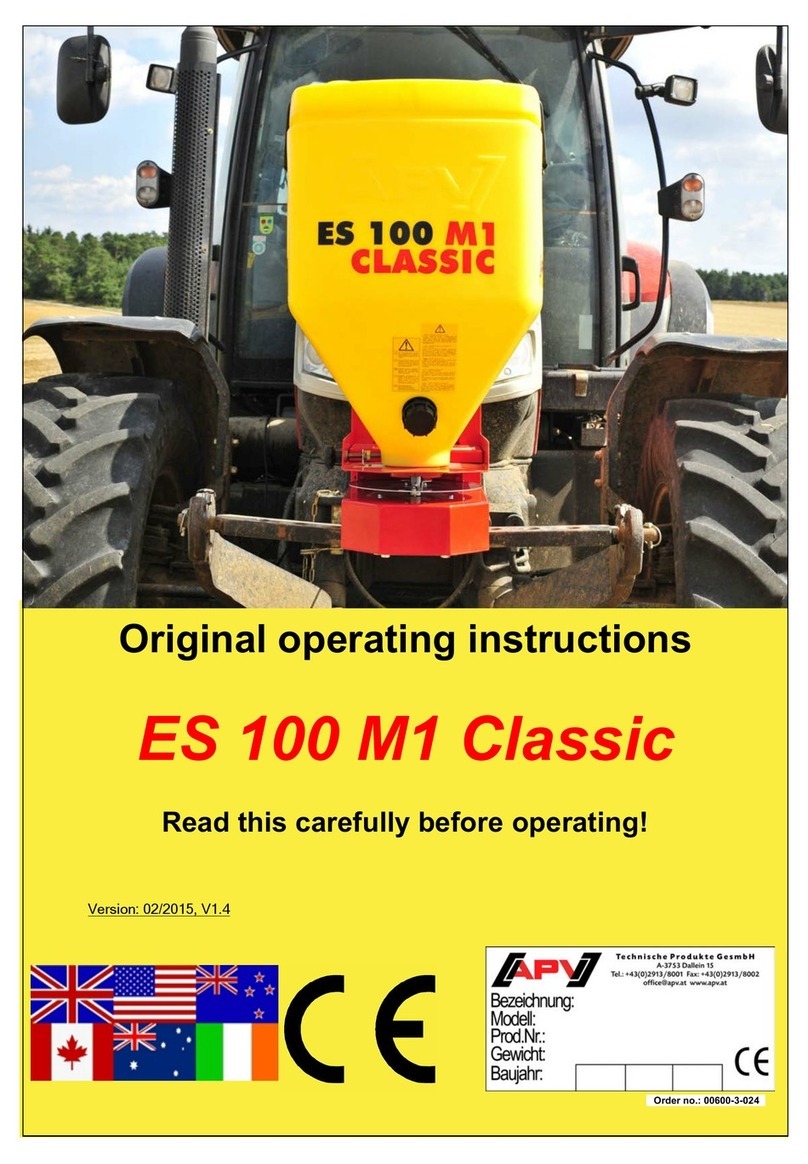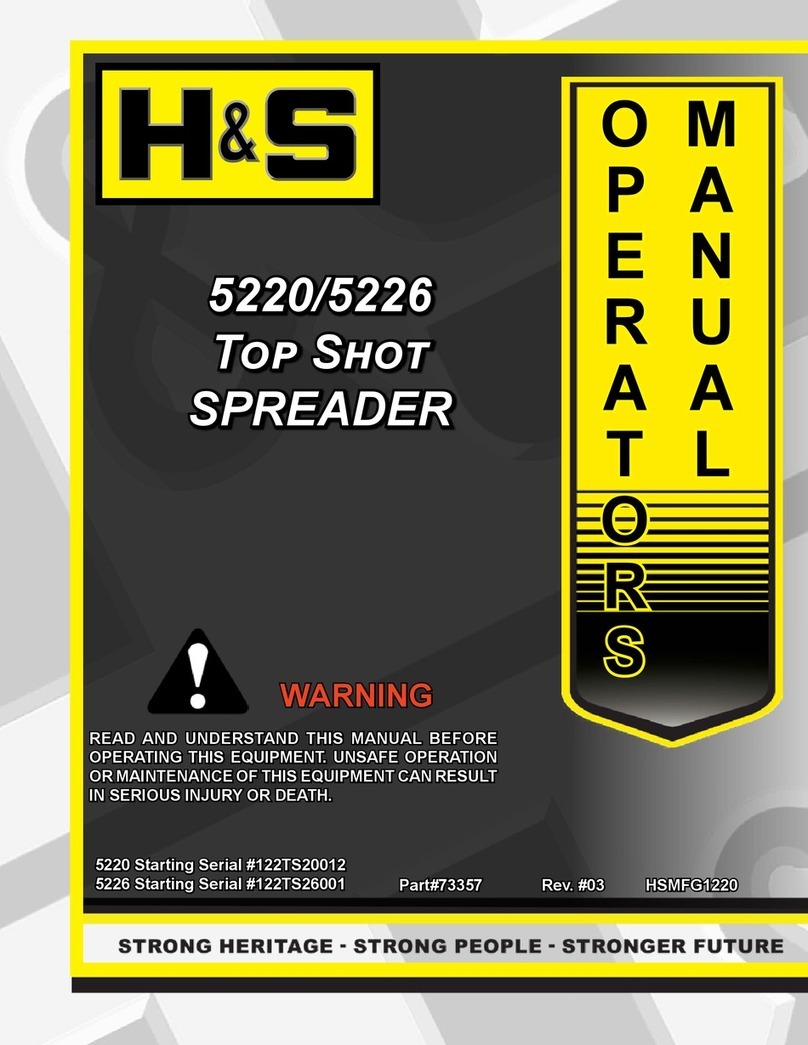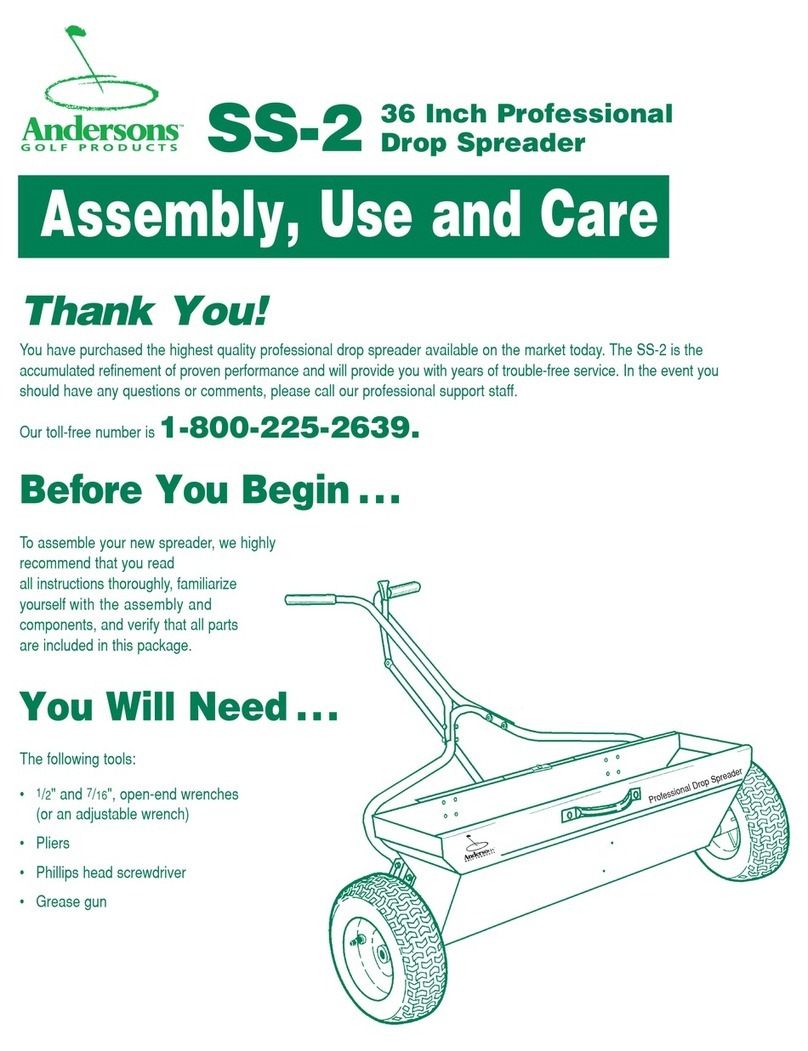
1. RECEIVING INSTRUCTIONS
Visually inspect all components for shipping damage. Shipping
damage is not covered by warranty. Any shipping damage is found,
please notify carrier. The carrier is responsible for all repair and
replacement costs resulting from damage during shipping.
2. SAFETY ISSUES
Read all instructions, warnings and cautions
carefully. Follow all safety precautions to avoid
personal injury or property damage during
operation. Powerram cannot be responsible for damage or injury
resulting from unsafe and/or incorrect operation, also lack of
maintenance. If you have never been trained on high-pressure
hydraulic safety, consult your distribution or service center.
Wear proper protective gear when operating hydraulic
equipment.
STAY CLEAR OF LOADS SUPPORTED BY HYDRAULICS.
When use a cylinder as a load lifting device, should never
be used as a load holding device. After the load has been
raised or lowered, it must always be blocked mechanically.
®
®
USE ONLY RIGID PIECES TO HOLD LOADS.
Carefully select steel or wood blocks that are capable
of supporting the load. Never use a hydraulic cylinder
as a shim or spacer in any lifting or pressing application.
To avoid personal injury keep hands and feet away
from cylinder and workpiece during operation.
DO NOT EXCEED EQUIPMENT RATINGS.
Never attempt to spread a load weighing more than the
capacity of the cylinder. Overloading causes equipment
failure and possible personal injury. Max. pressure of
cylinder is 700 bar ( 10,000 psi ). Do not connect a cylinder
to a pump with a higher pressure rating.
Never set the relief valve to a higher pressure than the
maximum rated pressure of the pump. Higher settings
may result in equipment damage and/or personal injury.
The system operating pressure must not exceed the
pressure rating of the lowest rated component in the system.
Suggest to install pressure gauges in the system to
monitor operating pressure.
AVOID DAMAGING HYDRAULIC HOSE.
Avoid sharp bends and kinks when routing hydraulic hoses.
Using a bent or kinked hose will cause back-pressure.
Sharp bends and kinks will internally damage the hose
leading to premature hose failure.
®
DO NOT DROP SHARP / HEAVY OBJECTS ON HOSE.
Keep hose out of heavy traffic areas. This will cause
internal damage to hose wire strands. Applying pressure
to a damaged hose may cause it to rupture.
DO NOT CARRY OR DRAG HYRAULIC EQUIPMENT
B Y T H E H O S E S . L i f t i n g hydraulic equipment
by the hoses or swivel couploers may damage the rams.
KEEP HYDRAULIC EQUIPMENT AWAY FROM FLAMES.
Excessive heat will soften packings and seals, which may
result in fluid leaks. Protect hoses and cylinders from
Instruction Sheet
FS10
Flange Spreader
3. WARNING
weld spatter, which may damage plunger rods and hose.
Hydraulic equipment must only be serviced by a qualified
hydraulic technician.
1
www.freedomhydraulics.com




















